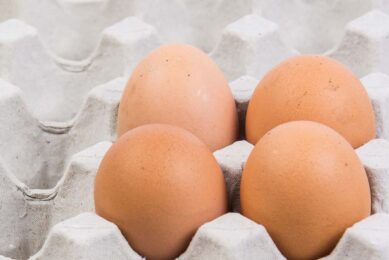Farm tariff cuts would lead to big gains: OECD
A study by the Organisation for Economic Cooperation and Development (OECD) shows that a world trade deal cutting farm subsidies and tariffs in half would boost global income by $US26 billion a year, with the EU benefiting from more than one third of the gains.
Japan, another country with many protective farm tariffs, would receive 24% of the income gains and the US would get 10%, the OECD study found. Brazil would be by far the largest non-OECD beneficiary, with 5% of the income gains.
These conclusions were drawn from the OECD’s review of the potential gains from halving subsidies and tariffs that distort trade, like those that shield farmers from market forces and encourage them to plant certain crops.
World Trade Organisation members are currently working on formulas for cutting domestic farm subsidies and reducing tariffs on agricultural and manufacturing goods, but are struggling to reach agreement.
Negotiators are running out of time to get a deal because key US trade legislation, that makes it easier to negotiate such agreements, expires next year.
One of the biggest areas of disagreement is the size of farm tariff cuts. The EU has proposed cutting tariffs an average of 39%, compared to a developing country proposal of 52% and a US proposal of 66%.
In October, the US proposed cutting its overall trade-distorting farm subsidies by 53% if the EU and other developed countries joined by cutting farm tariffs by 55-90%.
Major developing countries such as India and Brazil would also have to agree to significant cuts under the US plan.
US farm groups recently sent a letter to the US government, urging a scale back of the US offer to cut domestic farm subsidies unless the EU and other countries also agree to bigger cuts.
Join 31,000+ subscribers
Subscribe to our newsletter to stay updated about all the need-to-know content in the poultry sector, three times a week. Beheer
Beheer








 WP Admin
WP Admin  Bewerk bericht
Bewerk bericht